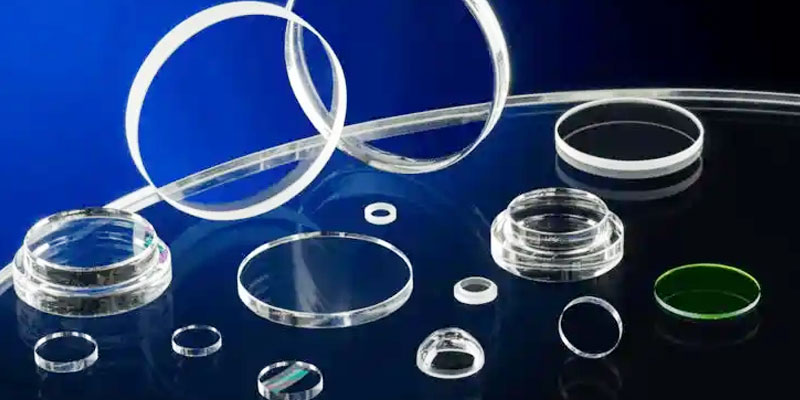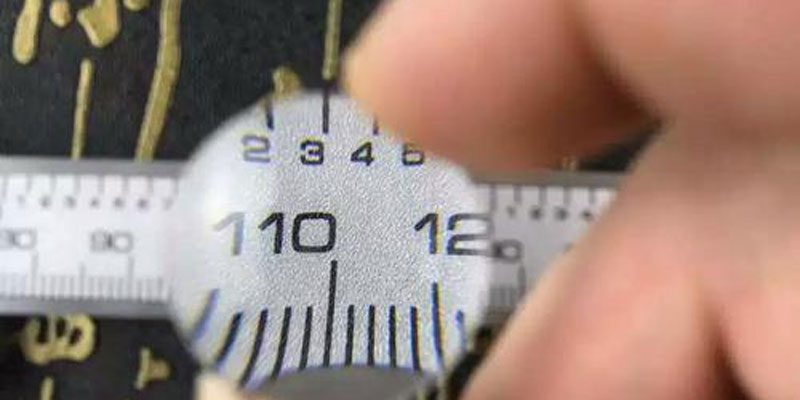
Optical Lens is a popular optical component that is widely used in a variety of optical systems like telescopes, cameras and microscopes. In order to guarantee the performance and quality of lens, a set of tests must be conducted. In this article we will discuss the relevant elements of lens testing, which includes testing items, samples tests, methods of testing and testing instruments.
1.Advantages of Cold Processing Optical Lenses

At the moment optical lenses are generally processed using hot machining, however, this technique has its own issues like complicated processing as well as a low degree of accuracy. Optically, cold processing is an advanced method of processing. In particular optics lens cold processing provides several advantages.
- More precise processing. Since there isn’t a need for heating treatment when processing optical lenses, the deformations and variations caused by heating are effectively eliminated which improves the accuracy of processing.
- More stable processing quality. In traditional optical lens processing the quality of processing is difficult to maintain due to fluctuations in temperature and stiffness of the material. The cold machining technique can lessen the impact of these variables and guarantee the stability of the quality of machining.
- Increased processing efficiency. When compared to standard thermal process, speed of processing of cold processing for optical lenses is much faster, which could significantly improve the efficiency of production.
2.Challenges in cold processing of optical lenses

While the benefits of working with cold in optical lenses are immense but they are not without problems:
- Precision is not as high. Because of the low temperature of machining optical lenses cold which is why the cutting force of the machining tool is very small which means it isn’t feasible to achieve sufficient cutting force when machining at high speeds which results in a lower precision.
- The machining process isn’t simple to regulate. Because of the complexity on the processing parameters of optical lens cold working on quality of the processing, it can be difficult to control precisely of the processing.
- More expensive processing costs. Cold working of optical lenses requires higher-priced tools and equipment which means that the processing cost is quite high.
3.Peroration
To summarize, optical lens cold processing is an emerging optical processing method with a wide range of applications, which has obvious advantages but also faces some challenges. With the development of material and processing technology, optical lens cold processing will gradually become the mainstream of optical lens manufacturing and processing.
optlenses
Related posts
Dichroic Mirror: A Reliable Assistant in Gemstone Identification
What is the Iris Diaphragm Microscope?
What is an collimator and its application fields?
Confocal Microscopy:The Pioneer of High-Precision Imaging



